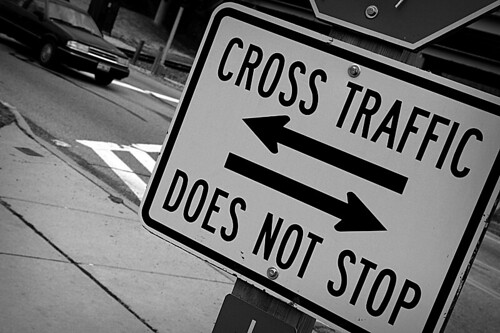I woke this morning, at home, to a blog post (The real digital divide: time zones kill truly global thinking) from Ewan McIntosh, who’d just returned from the Innovative Education Forum in South Africa. Part of Microsoft’s Partners in Learning initiative (which “..helps teachers and school leaders more effectively use technology as a tool for innovative teaching and learning”), the event was expected to bring together more than 500 teachers, leaders, press, and education thought leaders from more than 75 countries.
In his blog post, Ewan writes,
But most of those teaching in the Western world won’t know or care about students cracking cancer cells through vector diagrams in India, the five Arab states that pooled their learning to create a new understanding (and scooped the main award) or the inspirational learning happening in a country where 40% of people live below the poverty line, despite it being one of the world’s principal diamond exporters.
I say this based on a personal, unscientific and flawed set of stats gleaned from this site, but one I feel compelled to share. And it was in discussion with Vicki Davis, also with me in South Africa, that we both felt the impact of something outside the control of most classroom teachers and young people: time zones.
I happen to agree, with some additions, which I wrote as a comment on his blog. In it I relayed that:
Many years ago, in the early days of the WWW, I was involved in a project called ThinkQuest, that asked students from around the world to collaboratively design and build web sites that helped others learn something. It was a competition — and extra points were awarded to students who worked together from different countries.
 |
|
Flickr Photo by Alex Carmichal |
During one of the finals events, I was walking around and talking with students, and asked one team what their greatest barrier was — fully expecting them to say language or culture or some other obvious constraint that would occur to a former social studies teacher. They looked at each other and then in unison said, “Time Zones.” The truth of it shook me, both as a real impediment, but also that we’d come so far that time zones had become a barrier to 16 year olds.
That said, I’d have to say that I knew that (Ewan) and Vicki (Davis) were in South Africa working with a Microsoft project. I hadn’t seen the videos — but not because they were posted while most of us on the east coast of America were asleep and dreaming of lollypops and mid-term elections. It’s because we’re all simply too busy.
It sounds crass and even like a rationalization. But I think that an overwhelming barrier is an attention deficit. We can only pay attention to so much of what’s happening around us. This worries me, especially in the face of our mid-term elections, because it seems that those with political power are those with the most spare attention to spend on it.

Entrepreneurs are introducing technologies that provide a platform for social networks, user-focused learning, and real-time participation. Will this disruption occur from the bottom up or top down?
MIT/Stanford VLAB presents: De-Classifying Education – How entrepreneurs are expanding the boundaries of global learning beyond the classroom (http://www.vlab.org/article.html?aid=364)
Come network with our panelists: * Lisa Petrides, ISKME * Sal Khan, Khan Academy * Glen Moriarty, Nixty * Osman Rashid, Kno * Phil Bronner, Novak Biddle
I really appreciate for giving students the project named “ThinkQuest”, and the marking you made was really very nice..It was very helpful for students and also gives a lesson to students of working like a team… Through this they can learn more and more about team work and team spirit….